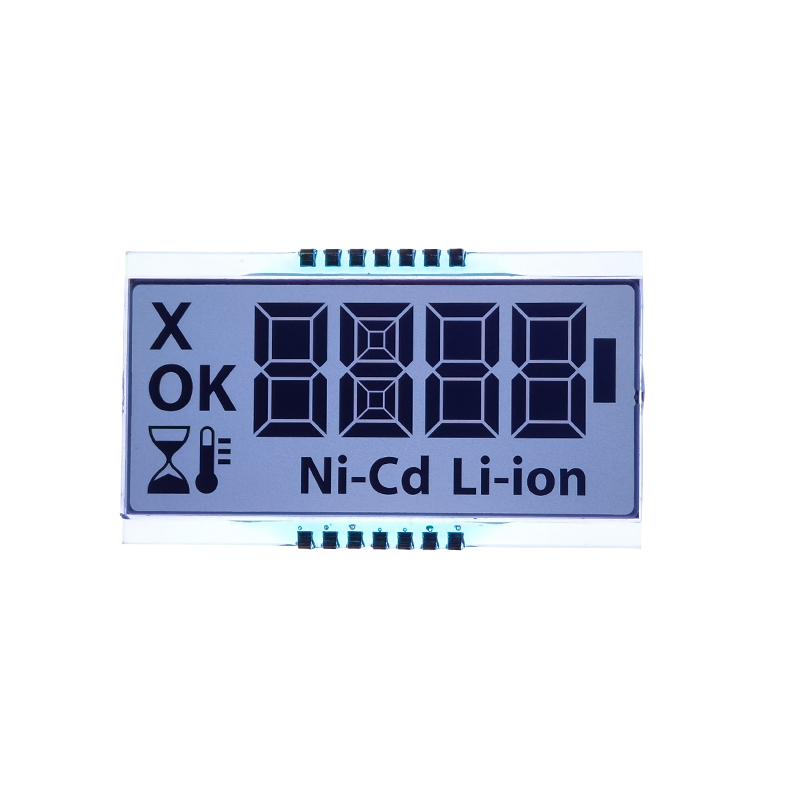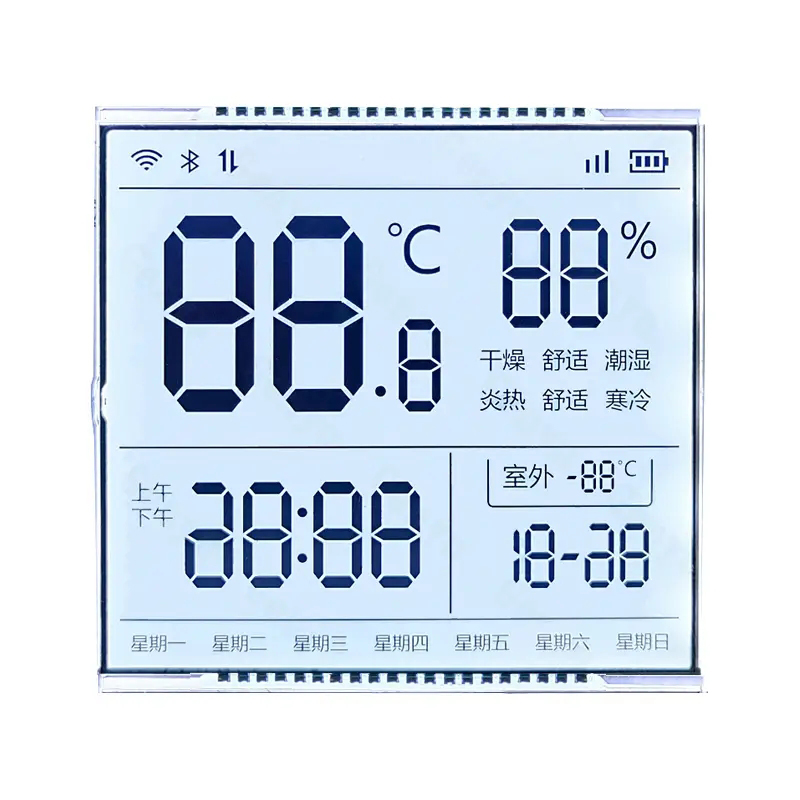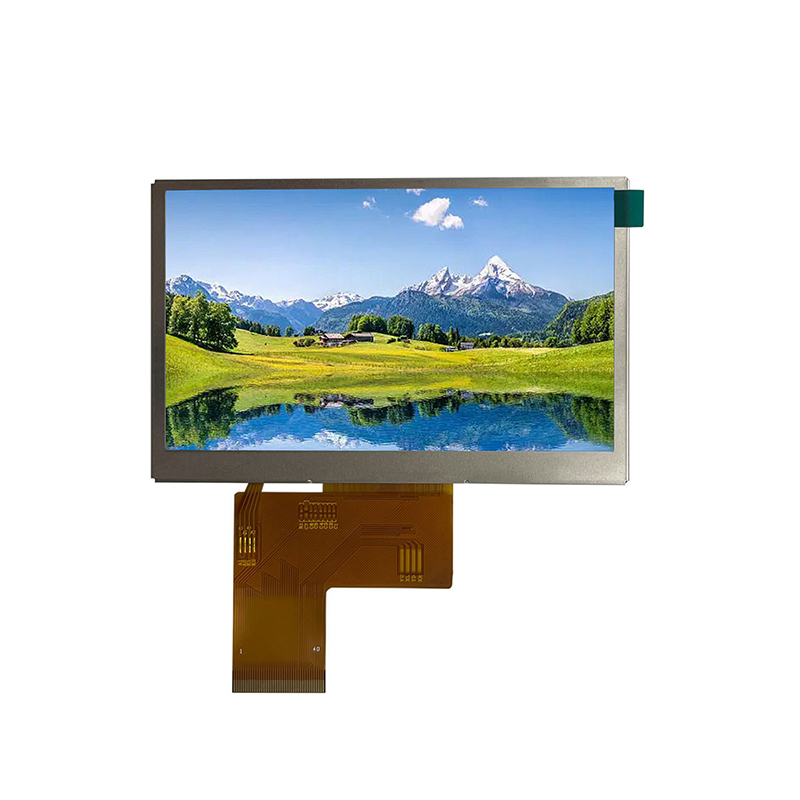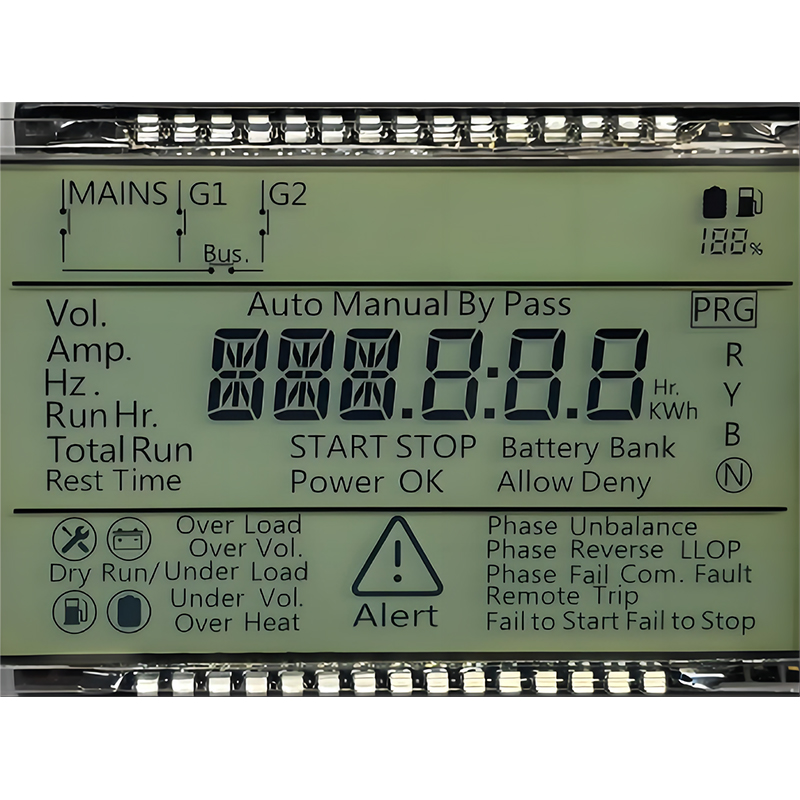
This comprehensive guide explores OLED dot matrix displays, covering their technology, applications, advantages, and disadvantages to help you make informed decisions. We'll delve into the specifics of different types, resolutions, and considerations for selecting the perfect display for your project.
An OLED dot matrix display is a type of display technology that uses organic light-emitting diodes (OLEDs) to create images. Unlike LCDs, which require a backlight, OLEDs emit their own light, resulting in deeper blacks, higher contrast ratios, and wider viewing angles. The dot matrix refers to the arrangement of individual pixels in a grid pattern, forming the image. Each pixel is an individual OLED, allowing for precise control of brightness and color.
OLED dot matrix displays come in two main types: passive matrix and active matrix. Passive matrix displays are simpler and less expensive, but they have limitations in terms of brightness and response time. Active matrix displays, on the other hand, offer superior performance with faster response times and higher brightness, making them ideal for applications requiring high refresh rates or vibrant colors. Active matrix displays typically utilize a thin-film transistor (TFT) backplane to individually control each pixel.
OLED dot matrix displays are available in a wide range of resolutions and sizes, catering to diverse applications. From small displays used in wearables to larger displays in industrial equipment, the choice depends heavily on the specific needs of your project. Consider the viewing distance and the level of detail required when selecting a resolution.
OLED dot matrix displays offer several key advantages over other display technologies:
While offering many advantages, OLED dot matrix displays also have some limitations:
OLED dot matrix displays find applications in a wide array of sectors:
Selecting the appropriate OLED dot matrix display involves carefully considering several factors, including resolution, size, brightness, contrast ratio, response time, power consumption, and budget. For assistance in finding the right display for your needs, consider contacting a reputable supplier like Dalian Eastern Display Co., Ltd. They offer a wide range of high-quality OLED dot matrix displays.
| Feature | Passive Matrix | Active Matrix |
|---|---|---|
| Response Time | Slower | Faster |
| Brightness | Lower | Higher |
| Contrast Ratio | Lower | Higher |
| Cost | Lower | Higher |
| Viewing Angle | Narrower | Wider |
Remember to carefully consider the specific requirements of your project when selecting an OLED dot matrix display. Researching different manufacturers and comparing specifications is crucial for making an informed decision.
1 Data compiled from various manufacturer specifications. Please refer to individual product datasheets for precise details.












